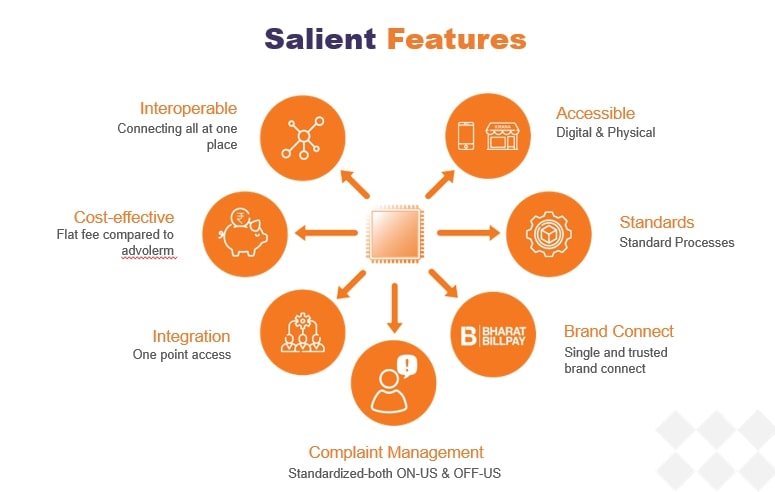Since the new Adoption Regulations of the Juvenile Justice Act were notified in September 2022, the pendency in the adoption of children has come down.
Reference
In the Supreme Court, the Central government informed that it had taken a decision to not accept Justice Ranganath Mishra Commision’s report.
Reference
Over 100 experts want the United Nation, World Economic Forum, European Commission and WWF to reject the ‘Nature Positive Fund’ at the 15th COP15 to the Convention on Biological Diversity (CBD) in Montreal, Canada.
The 'nature-positive' goal could be the equivalent of the 1.5C pledge - where emissions cuts are needed to curb rising temperatures, nature protection is needed to boost biodiversity.
Reference
According to RBI, the scope of the Bharat Bill Payment System (BBPS) will soon be expanded to include all categories of payments and collections, both recurring and non-recurring in nature.

Reference
The logo of the UN biodiversity conference that opened in Montreal features a human reaching to embrace a panda - but from an ecological perspective, a weasel or badger would be a more appropriate choice.
Reference